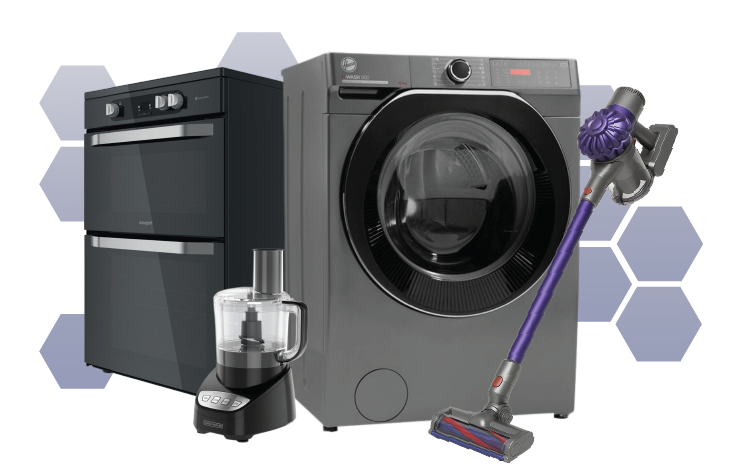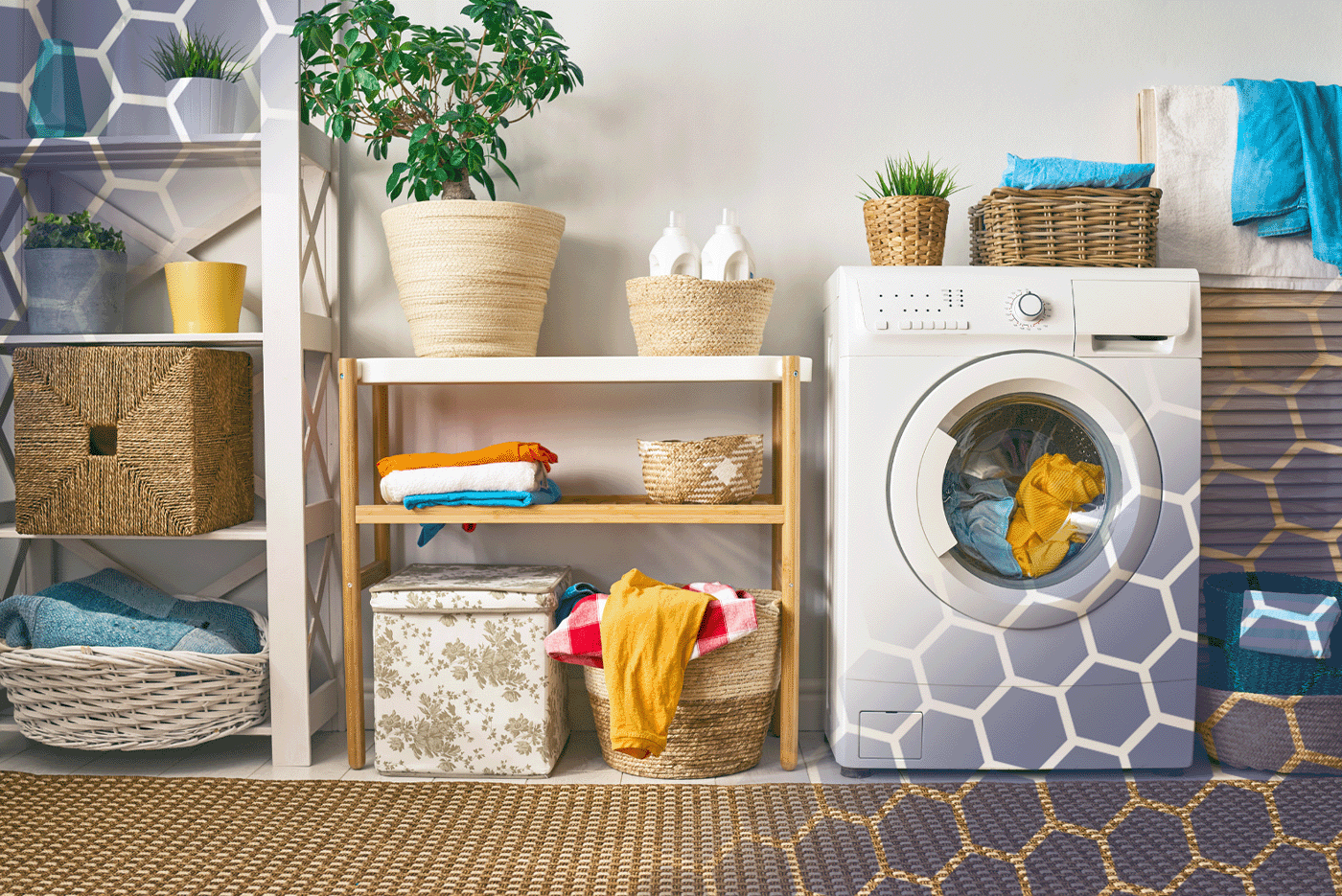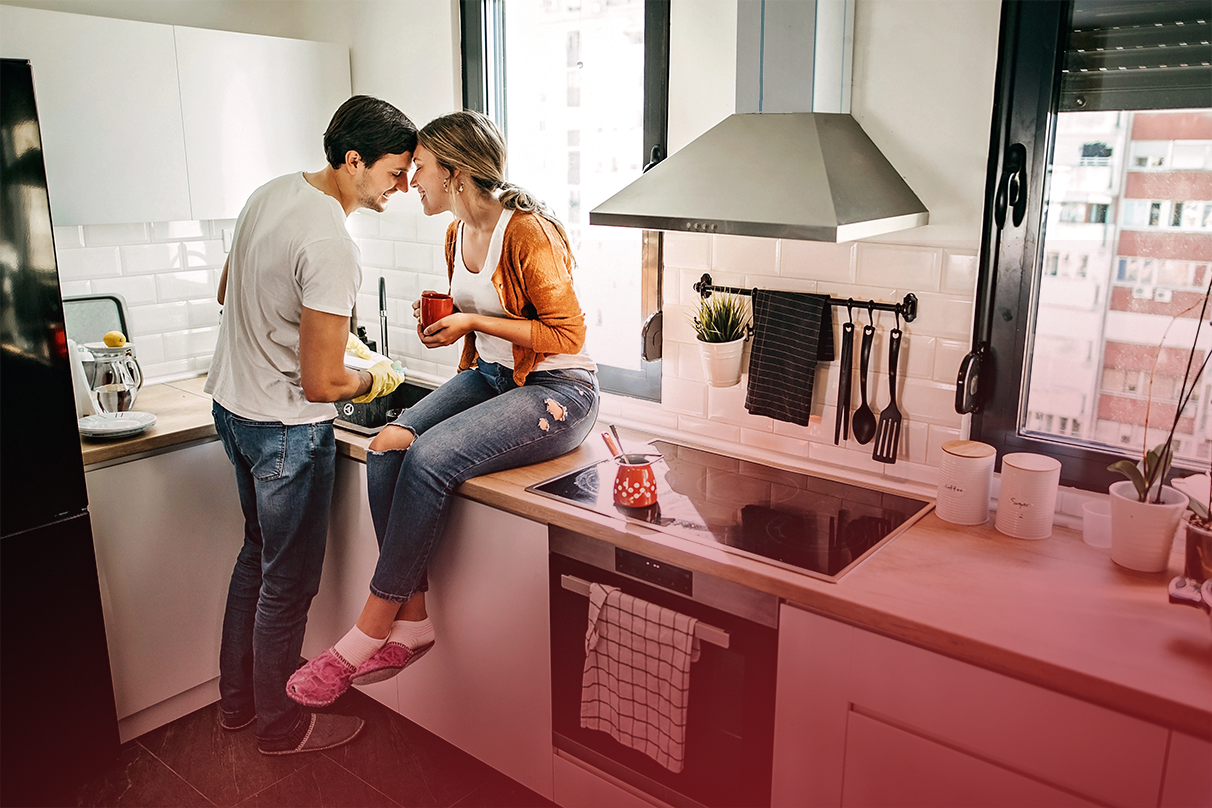Understanding Miele Fridge Freezer Error Codes
Miele Fridge Freezer Error Codes: A Complete Guide
A Guide to Understanding Miele Fridge Freezer Error Codes and Solutions
In this blog post, we’ll guide you through some of the most common Miele fridge freezer error codes, explain what each one means, and share simple troubleshooting tips you can try at home. Whether you’re aiming to keep your appliance running at its best or need to know when it’s time to call in a professional, this guide will point you in the right direction.
Plus, we’ll introduce long-term solutions like appliance protection plans, giving you peace of mind that your Miele fridge freezer will stay reliable for years to come.

| Error Code | Solution | Description |
|---|---|---|
| F0 | Please book a repair. |
This is a technical fault that you cannot remedy yourself. |
| F0-F3 or S1-S3 | Please book a repair. |
This is a technical fault that you cannot remedy yourself. |
| F1 | Please book a repair. |
This is a technical fault that you cannot remedy yourself. |
| F2 | Please book a repair. |
This is a technical fault that you cannot remedy yourself. |
| F3 | Please book a repair. |
This is a technical fault that you cannot remedy yourself. |
| F4 | Please book a repair. |
This is a technical fault that you cannot remedy yourself. |
| F5 | Please book a repair. |
This is a technical fault that you cannot remedy yourself. |
| F14 | Please book a repair. |
The freezer section evaporator sensor is faulty. |
| F120 | Have the mains voltage checked by a qualified electrician. |
Mains voltage is occasionally too low or fluctuates significantly. |
| F121 | 1. Switch the appliance off and back on again. 2. Check that the water inlet is open. If the problem isn’t solved, please book a repair. |
The ice cube maker is defective |
| F141, F142, F143 | Close the fridge compartment door. |
The fridge compartment door has been open for 15-45 minutes. |
| F144, F145, F146 | Close the freezer compartment door. |
The freezer compartment door has been open for 15-45 minutes. |
| F383 | Undo the kink so that the fresh water can flow though the water inlet hose freely. | The fresh water inlet hose (if present) is kinked. |
| F383 | Remove the water container. Clean the surface underneath the water container. Line up the water container on the guide rail and push it back in as far as it will go. | The water container (if present) is not correctly fitted. |
| F383 | Check whether the float switch inside the water container moves when the container is shaken. If the float switch is jammed, clean the water container and remove the blockage. | The float switch in the water container cannot move freely. |
| F383 | Set the desired temperature in the freezer section to -18 °C for at least 48 hours. | There is a software fault. |
| F383 | Proceed as follows to check whether the magnet is still there: Slide the ice cube maker drawer into the top compartment of the freezer section. There is a holder clipped onto the left-hand handle of the door. The magnet is located behind the holder. If the fault persists, please book a repair. | There is a fault affecting the magnet for activating ice cube production (including the water intake). |
How to Interpret Miele Fridge Freezer Codes and Keep Your Appliance Running Smoothly
When your Miele fridge freezer displays an error code, it’s important to take action quickly to avoid potential food spoilage or more serious damage to the appliance. Understanding what each error code means empowers you to tackle anything from simple maintenance issues to more complex repairs. Whether it’s a temperature regulation problem, sensor fault, or airflow issue, knowing how to interpret the code will help you troubleshoot effectively and keep your fridge freezer performing at its best.
Keep this guide handy for when your Miele fridge freezer shows an error message, you’ll find clear, practical solutions to restore optimal function as soon as possible. And for lasting peace of mind, don’t forget to explore our appliance repair services and protection plans, tailored to keep your Miele fridge freezer and all your essential household appliances running reliably for years to come.
When to Seek Professional Help for Persistent Miele Fridge Freezer Error Codes
This is our Comprehensive Guide to Miele Fridge Freezer Error Codes
We hope this guide has been useful and got your fridge freezer working again worry free.
If you need further assistance with your fridge freezer error codes, check out our other articles for repairs.
Miele fridge freezers are known for their high-quality performance and durability, but like any appliance, they may experience issues from time to time. When something goes wrong, error codes are designed to help you quickly identify the source of the problem. From common temperature fluctuations to more complex sensor or system faults, understanding these error codes can save you time, reduce stress, and help you avoid unnecessary repair costs. In this guide, we’ll provide a clear breakdown of Miele fridge freezer error codes, what they mean, and practical steps you can take to keep your appliance running smoothly and efficiently.
Our Latest Articles
Whether you’re looking to buy new or need help with caring for existing appliances our experts are here to answer your questions with useful guides and articles.




